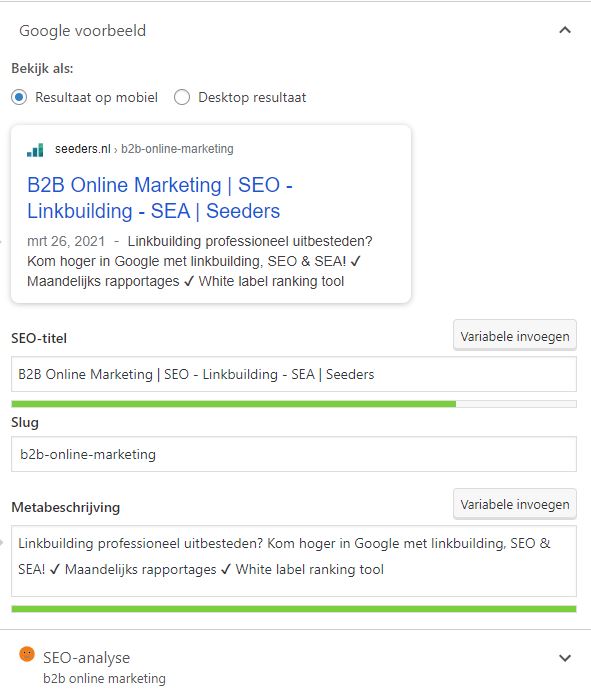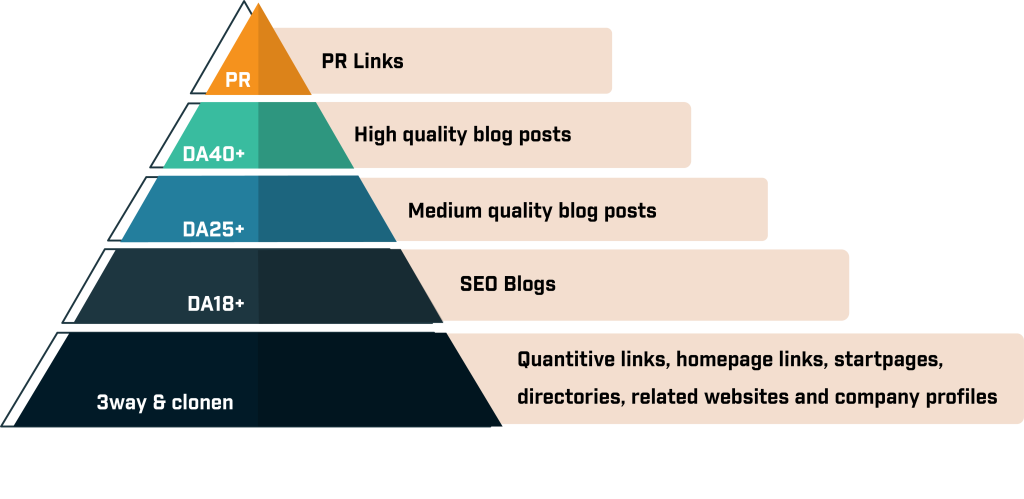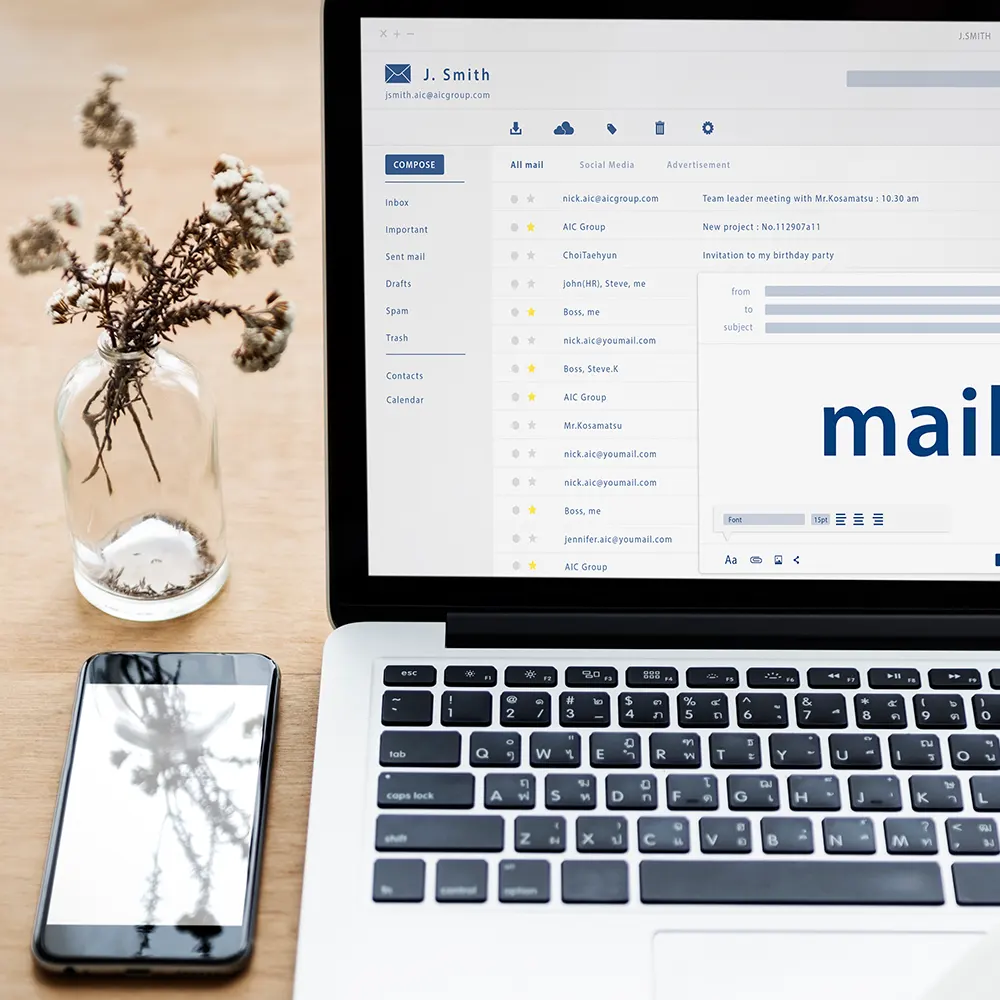B2B Online Marketing
Looking to elevate your B2B business and leverage the internet as a powerful sales channel? A well-crafted B2B online marketing strategy is essential. With a data-driven approach, your business can establish a strong online presence and drive measurable growth.
Understand Your B2B Customer’s Decision-Making Unit (DMU)
In B2B online marketing, you’re engaging with entire Decision-Making Units (DMUs) rather than individual buyers. The DMU consists of multiple roles, including Gatekeeper, Initiator, Decision-Maker, Purchaser, User, and Advisor. The key to success is identifying and reaching the person actively searching for your product or service, as they have the most influence on purchasing decisions.
To effectively target your DMU, follow these steps:
- Identify the roles within the DMU for your key customer group.
- Determine which roles are primarily responsible for gathering information.
- Utilize data from ERP, CRM, or other systems to understand the motivations, behaviors, and needs of key decision-makers.
- Create a Buyer Persona to visualize and clarify your research.
Set B2B Online Marketing Goals & KPIs
Once you’ve mapped out your buyer group, it’s time to set strategic goals. Without clear objectives, tracking progress and measuring success becomes impossible. Goals should be SMART—Specific, Measurable, Achievable, Realistic, and Time-bound.
For example, a SMART goal for B2B online marketing could be: “Increase revenue from organic traffic by 10% within one year.”
B2B marketing goals align with different stages of the Customer Journey, which can be broken down into the See-Think-Do-Care model:
- See: The customer becomes aware of a latent need.
- Think: They actively research potential solutions.
- Do: They make a purchase or sign a contract.
- Care: They continue engaging with your brand, leading to loyalty and repeat business.
Selecting the Right Channels for
Your B2B Online Marketing Strategy
In B2B online marketing, there are multiple channels available to engage with potential customers, each offering unique benefits. These channels should align with the different stages of the Customer Journey and be strategically chosen based on your Buyer Persona.
SEO focuses on improving your website’s organic search rankings for relevant keywords on Google and other search engines. Since search engines are a primary tool for B2B customers during their research phase, SEO plays a crucial role in the awareness stage of the Customer Journey.
However, SEO is a long-term investment that requires strategic planning and continuous optimization. Results take time, but once achieved, they can drive sustainable traffic and increase visibility. The key to success lies in analyzing SEO factors, optimizing content, and refining your strategy to enhance search rankings and achieve your business objectives.
SEO Technical Audit: Analyzing Your Website’s Performance
Not all website issues are visible at first glance. A technical SEO audit is essential for identifying hidden problems that may impact your search rankings. By using tools like Screaming Frog, you can gain valuable insights to optimize website indexing and speed.
A comprehensive SEO audit typically includes:
- Page Load Speed: Optimizing images and reducing unnecessary scripts for faster performance.
- Broken Links: Identifying and fixing links that lead to non-existent pages.
- Redirect Loops: Ensuring proper redirection strategies to avoid user and crawler confusion.
- Robots & Sitemap Files: Checking if search engines can correctly crawl and index your pages.
- URL and Menu Structure: Enhancing navigation for both users and search engines.
- Mobile-Friendliness: Ensuring your site delivers a seamless experience across all devices.

Effective Keyword Research for B2B Online Marketing
The core of B2B online marketing lies in understanding the search intent behind keywords. The key question is: Is the person using this search term a potential B2B customer? Are they part of your target audience? Conducting thorough keyword research is essential for laying the foundation of your SEO strategy.
If you focus on keywords with unclear search intent or target highly competitive keywords for a website with low authority, you risk wasting valuable resources on unqualified leads. Here are the key elements to consider during keyword research:
- Search Intent: Understanding the purpose behind the query to ensure it’s aligned with your business goals.
- Search Volumes: Evaluating how frequently a term is searched to determine its relevance.
- Keyword Rankings: Analyzing your website’s position for the chosen keywords.
- Website Authority: Assessing the current strength of your website to rank for specific keywords.
- Competition: Reviewing the level of competition for both content and domain authority.

Developing a Content Strategy
A content strategy is developed based on the insights from your keyword research. Once you understand which keywords to target and the search intent of your B2B audience, you can create content that aligns with those insights. It’s important to consider both the appeal of the content and the effective placement of calls-to-action (CTAs) throughout. When creating content, the focus should be on:
- Readability of the text
- Use of images and white papers
- Placement of keywords in the meta title, headers, and body text
- Maintaining appropriate keyword density while ensuring natural flow

Building Authority
Acquiring authority through link building is critical in enhancing your online presence. The goal is to build a natural link profile by earning backlinks from reputable, high-authority websites. Both the quantity and quality of these links matter. You want to secure backlinks from a diverse range of authoritative sites.
- The number of referring domains
- Relevance of referring domains
- Natural balance in the link profile, including do-follow links and appropriate anchor text ratio

Effective Keyword Research for B2B Online Marketing
Quantitative Link Building
Quantitative link building is foundational for establishing a robust link profile. These are permanent, relevant backlinks obtained from home page links, directories, and SEO blogs. Many B2B organizations struggle to build this network themselves and might need external support. Link exchanges and purchasing backlinks are common ways to acquire them.
Qualitative Blog Posts
Another effective strategy is obtaining high-quality backlinks through blog posts on authoritative websites. This method not only generates backlinks but also increases awareness of your company or brand. Here’s a plan to help you get started:
- Search for informational searches in your industry (e.g., “best B2B software”).
- Select blogs from the search results that are relevant and authoritative.
- Create strong, relevant content that fits the blog’s audience.
- Include an external backlink that leads to an informative page.
- Reach out to the website owner with your content.
At Ad Hornets, we can assist in securing quality backlinks on relevant websites. We have access to a network of 3,000 websites, ensuring that the backlinks are tailored to your target audience and placed on authoritative domains.
Digital PR
Digital PR can significantly boost B2B online marketing. It not only enhances media coverage but also helps you place backlinks on high-authority domains such as business news outlets. Success with digital PR requires a strategic approach. Here’s a step-by-step plan:
- Collaborate with your team to come up with unique, creative, and newsworthy content that your target audience will find engaging. This could be about trends in your industry or the impact of current events.
- Use existing data from your CRM or online resources to develop the story further. If the data is unavailable, conduct surveys with your customers.
- Analyze the data and prepare a thorough research report.
- Craft compelling content that is interesting and memorable. Consider creating a white paper or a detailed article.
- Pitch the content to journalists. This may be challenging without the right network, but Ad Hornets has access to a database of over 10,000 journalists, enabling us to send targeted and personalized emails to reach key media outlets.
Search Engine Advertising (SEA)
SEA focuses on achieving high rankings in Google through paid Ads. A high Cost Per Click (CPC) bid and a strong quality score (indicating how well your page is optimized and relevant to the search) are key for success in Google Ads. The foundation of SEA campaigns lies in thorough keyword research. SEA is primarily used to achieve short-term goals, as ads stop appearing once the campaign ends. This is the major drawback of paid advertising—while effective for gaining immediate visibility, it does not build long-term results.
A significant advantage of SEA over SEO is the ability to re-engage your target audience through retargeting. Visitors who have previously interacted with your website can be reached again through retargeting on platforms like the Google Display Network, which includes sites such as YouTube, Nu.nl, and many others. For example, if you’re marketing a B2B news site, Nu.nl could be an ideal platform for retargeting efforts.

Social Advertising
Social Advertising is a powerful tool in B2B online marketing for generating new leads and connecting with potential customers. LinkedIn is especially effective for targeting B2B audiences, allowing you to reach specific groups based on interests and roles. In addition to LinkedIn, platforms like Facebook and Instagram remain valuable for reaching diverse target groups, depending on your audience.
Benefits of Social Advertising include:
- The ability to use video and image-based ads, which often have higher conversion rates compared to text-based ads.
- Retargeting capabilities, allowing you to reconnect with users who have previously engaged with your ads.

Email Marketing
Email marketing is a great way to nurture and retain customer relationships. The advantage of email marketing lies in its ease of use, with tools like Mailchimp enabling efficient communication. However, a common mistake is sending a one-size-fits-all message to all B2B customers. This approach can lead to disengagement or even unsubscriptions if the message isn’t tailored to specific interests or needs. To avoid this, it’s crucial to have a solid understanding of your customers (Buyer Persona) and segment your email list accordingly.
Control, Adjustment, and Evaluation
Monitoring and adjusting campaigns is essential to ensure they meet the desired goals. This can be done using KPIs and dashboards designed for tracking performance. For example, if a Google Ads campaign is underperforming, adjustments such as changing the ad title, modifying call-to-action buttons, or adding site links may be necessary to optimize results. Regular evaluation allows you to refine campaigns for better performance.

